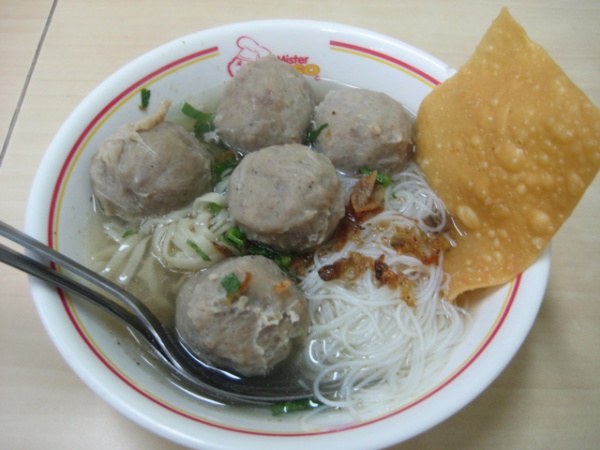Facts About Bakso
Bakso is a beloved staple in Indonesian cuisine, celebrated for its delectable meatballs or meat paste made from beef surimi. This dish is ubiquitous throughout the archipelago, enjoyed in a myriad of forms. Some prefer bakso with yellow noodles or rice vermicelli, while others relish it in a simple, unadorned soup.
The basic bakso recipe typically involves finely ground beef, tapioca flour, and salt. However, variations abound, featuring chicken, pork, fish, or even shrimp. The dish’s Chinese origins are apparent in its name, derived from the Hokkien words "bak-so" meaning "fluffy meat." Over the years, bakso has been assimilated and transformed within Chinese Indonesian and Javanese culinary traditions.
Bakso appears in a range of shapes, sizes, textures, and even comes with various fillings to cater to diverse palates. It is commonly served with flavorful condiments such as fried shallots, sweet soy sauce, chili paste, and salted vegetables. As a cherished street food, bakso is frequently sold by vendors from carts or bicycles throughout Indonesia.
The popularity of bakso extends beyond Indonesia's borders; it even captivated former U.S. President Barack Obama, who fondly recalled it as one of his favorite childhood dishes during his time living in Indonesia.
Fans of Southeast Asian cuisine might notice similar dishes in neighboring countries. For instance, Vietnamese pho often includes meatballs, and variations of meatball soups can be found in Malaysia, Singapore, and the Philippines (where it is known as almondigas).
Historically, there were concerns about the safety of bakso due to the use of harmful additives like borax and formalin. Thankfully, contemporary food safety practices have eliminated these substances, ensuring that bakso remains a safe and delightful culinary experience for everyone.

 Timor Leste
Timor Leste